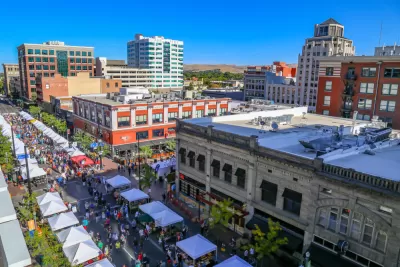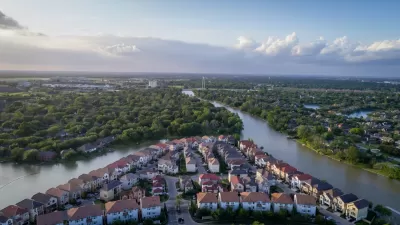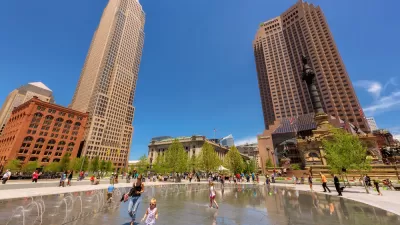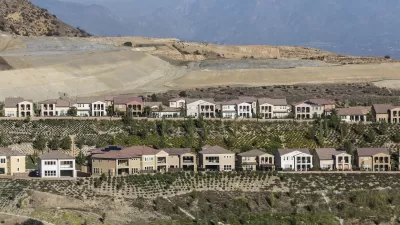Existing hubs of ‘hyperlocal’ economic activity provide a model for urban density.

While the term “15-minute city” has been co-opted by conspiracy theorists to push baseless claims, a new concept may be taking its place. As Gaby Galvin writes in Smart Cities Dive, “as city leaders look to promote more sustainable growth, they’re relying on ‘activity centers’ — hyperlocal hubs of business, retail, tourism, civic institutions and social pursuits — to help people access everything they need with less or no driving.”
Although “Conventional wisdom suggests that greater population density translates to more walking, biking and public transit use, thus lowering carbon emissions from cars,” Galvin explains that “the relationship isn’t actually so straightforward, with local policies playing a major role, researchers say.” Now, policymakers in cities including Boise and San Antonio are looking to existing activity centers as a model for sustainable future development and identifying policies that will support dense, transit-oriented development.
According to Robert Puentes, president and CEO of the Eno Center for Transportation, “It’s less about just concentrating [homes and jobs] so that people can use transit to get to those parts of the region, [and more about] trying to concentrate more of the work and play around these activity centers.”
Adie Tomer, a senior fellow at Brookings Metro, cautions that activity centers, far from a panacea, can easily encourage more driving if built around sprawling shopping centers, for example. “Ultimately, identifying where activity centers are in a metro area is just one tool for city planners, developers and local officials as they map out the future of their regions.” Tomer adds, “The activity center framework ‘should help inform a sweeping set of decisions: Where do we want to prioritize development? How do we better understand which neighborhoods interact more with one another, so we can do certain investments in these places?’”
FULL STORY: Cities see hyperlocal ‘activity centers’ key to sustainable growth, less car dependency

Maui's Vacation Rental Debate Turns Ugly
Verbal attacks, misinformation campaigns and fistfights plague a high-stakes debate to convert thousands of vacation rentals into long-term housing.

Planetizen Federal Action Tracker
A weekly monitor of how Trump’s orders and actions are impacting planners and planning in America.

In Urban Planning, AI Prompting Could be the New Design Thinking
Creativity has long been key to great urban design. What if we see AI as our new creative partner?

King County Supportive Housing Program Offers Hope for Unhoused Residents
The county is taking a ‘Housing First’ approach that prioritizes getting people into housing, then offering wraparound supportive services.

Researchers Use AI to Get Clearer Picture of US Housing
Analysts are using artificial intelligence to supercharge their research by allowing them to comb through data faster. Though these AI tools can be error prone, they save time and housing researchers are optimistic about the future.

Making Shared Micromobility More Inclusive
Cities and shared mobility system operators can do more to include people with disabilities in planning and operations, per a new report.
Urban Design for Planners 1: Software Tools
This six-course series explores essential urban design concepts using open source software and equips planners with the tools they need to participate fully in the urban design process.
Planning for Universal Design
Learn the tools for implementing Universal Design in planning regulations.
planning NEXT
Appalachian Highlands Housing Partners
Mpact (founded as Rail~Volution)
City of Camden Redevelopment Agency
City of Astoria
City of Portland
City of Laramie





























